The Cherry MX Board 6.0 Mechanical Keyboard Review
by E. Fylladitakis on January 27, 2016 8:00 AM EST- Posted in
- Keyboard
- Cherry MX
- Mechanical Keyboards
The Cherry MX Board 6.0 Keyboard
A glance at the Cherry MX Board 6.0 reveals a tall, aesthetically simple but very elegant keyboard. The upper body of the keyboard is solid aluminum, a quadrilateral hexahedron with rounded edges. It has a flat top, except from a slight incline where the arrow keys are. There is only one Windows key, to the left side of the Space Bar key. The Windows key to the right side of the Space Bar has been replaced with the FN key, which can be used in conjunction with some of the top row Function keys to initiate special commands, such as sound volume and backlight brightness adjustments. It is interesting to note that the backlighting can be adjusted from 0% to 100% in 1% increments, which is quite a bit overkill in our opinion.
Besides the (mostly) standard 104 keys, there are only four extra keys on the Cherry MX Board 6.0, right above the numpad. One of them is the "Cherry" key that initiates other special functions and the other three are the basic media keys (Play/Pause, Back & Forward). The Cherry key can be used to deactivate the Windows key and certain key combinations (ALT + F4, ALT + TAB, CTRL + ALT + DEL). Once pressed, the backlighting of the Windows key turns blue, indicating that the Windows key and the aforementioned key combinations have been disabled.
There are no clips or supports for the large wrist rest that comes with the keyboard. The wrist rest is magnetic, making its attachment and removal a breeze. This is particularly useful for users that do not really like the very large size of the wrist rest but do occasionally need one when they need to use the keyboard for a long period of time. The wrist rest is made of corona treated plastic and has a "rubbery" surface that is very soft to the touch, with the "MX" logo patterned across it. The softness and high grip of the surface, alongside the myriads of concavities that the logo pattern creates, make the wrist rest a real grime magnet. Thankfully, it is easily removable and cleanable.
Cherry is using half-height keycaps, with the bottom rows beveled upwards for increased typing comfort. The keycaps are cylindrical, with large main characters and small secondary characters/functions printed on them using a sharp, futuristic font.
Beneath the keycaps, we of course found Cherry's own switches. Our sample came with the soft and linear Cherry MX Red switches and these are the only switches this keyboard is available with, at least for the time being.
The backlighting of the MX Board 6.0 is exceptionally bright. At its maximum setting, the backlighting is clearly visible even in a sunlit room. It would be intolerable to have the backlighting at maximum inside a dark room or during night time, but it can be easily adjusted with outstanding precision down to the setting a user prefers. Note however that only the main character of keys with secondary functions/characters is being clearly illuminated, as the secondary character is at the bottom of the keycap and the key's axle is blocking the LED's light. All of the keys have only red LEDs, with the exception of five keys (FN, Caps Lock, Num Lock, Scroll Lock & Windows Key) that have a dual blue/red LED. When the three Lock and the FN keys are activated, the backlighting simply turns blue. For the Windows, the blue backlighting oppositely means that it is deactivated.
As we mentioned before, the top cover of the Cherry MX Board 6.0 is made of aluminum. It is very thick, with a minimum thickness of 2.3 mm across the support between the function keys and the main keys. The mechanical strength of the aluminum frame is startling, as it would not bend or twist the slightest bit, even with tens of kg force. It may very wel take the full strength of an average adult to cause any damage to it.
Beneath the aluminum frame, we found a standard keyboard PCB, with the mechanical keys mounted on a steel support frame and soldered directly onto the board. There is nothing special about this, as this is the standard setup inside the vast majority of mechanical keyboards available today. We could not identify the controller of the keyboard as it is on the other side of the PCB and it would take a fair time of de-soldering to get to it, but it does not really matter in this case, as the Board MX 6.0 keyboard has very few extra functions and it is not reprogrammable.



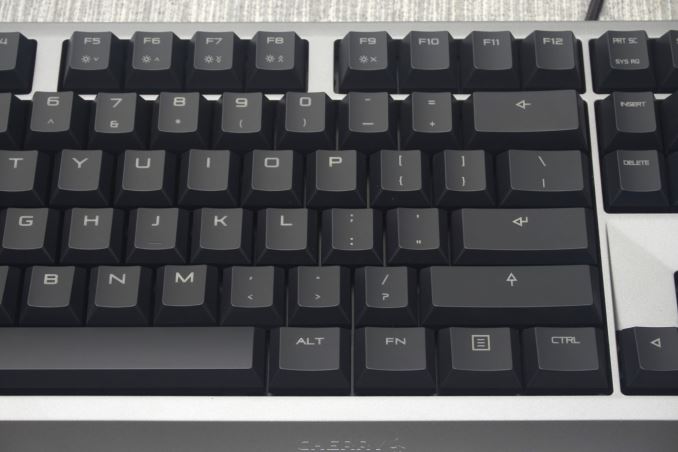
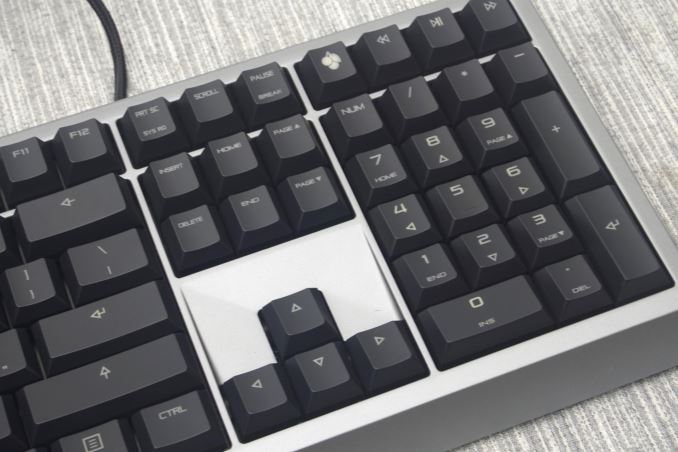
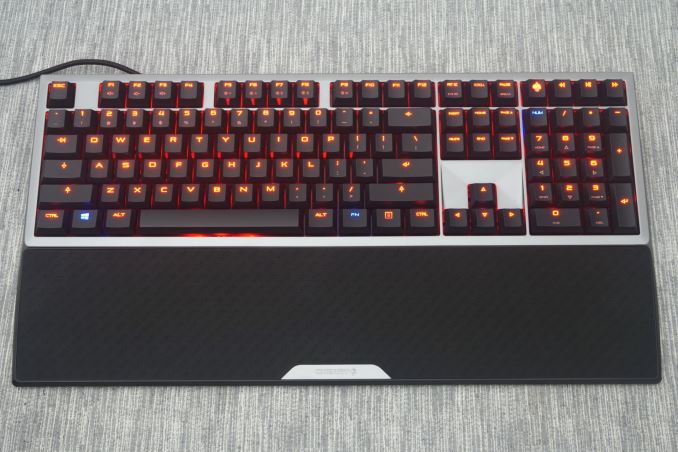
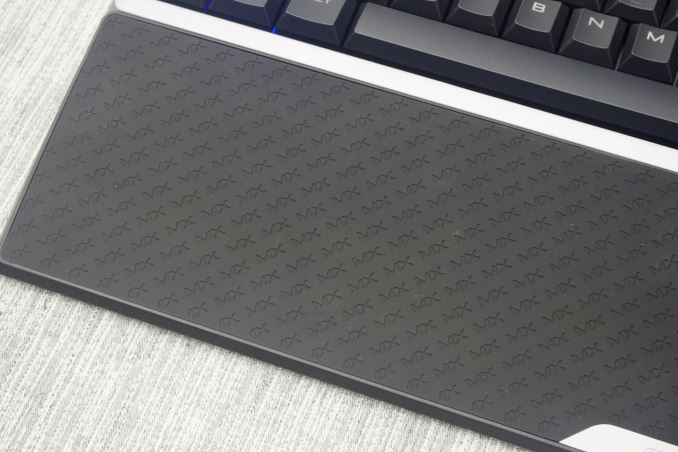
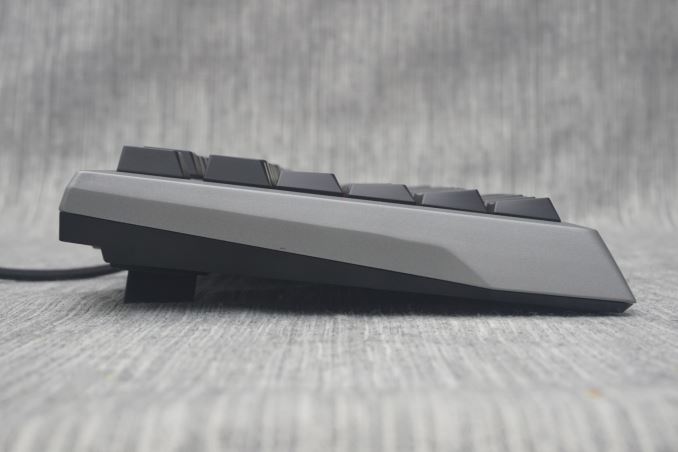

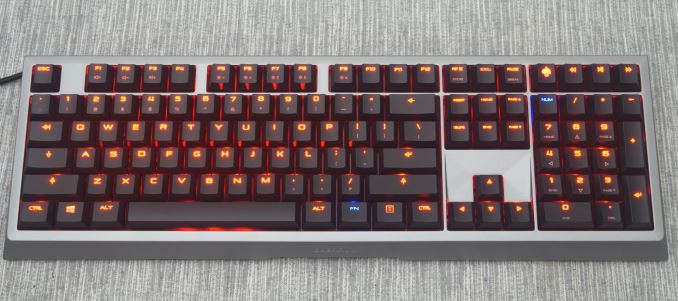
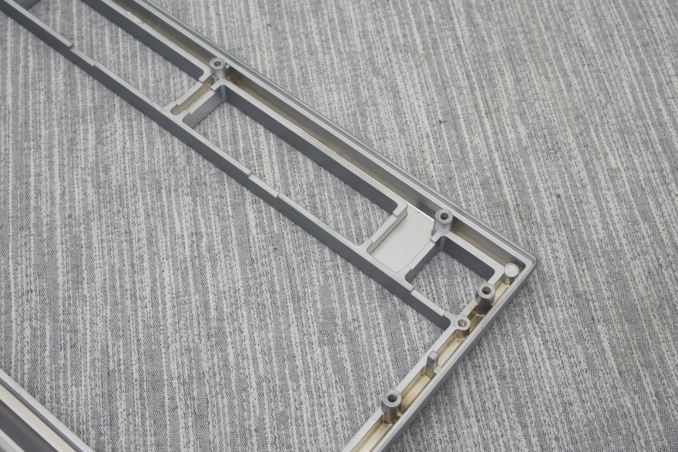
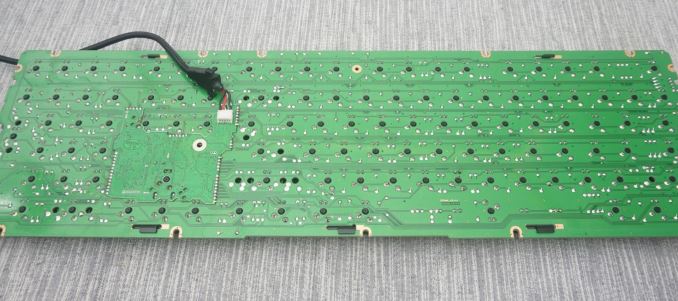








72 Comments
View All Comments
buxe2quec - Wednesday, January 27, 2016 - link
http://www.cherry.de/cid/Mechanical_keyboards.htm? this is the listSamus - Wednesday, January 27, 2016 - link
Awesome keyboard, but I repeat your "Wow...$200" statement.I mean is it really that much better than a $60 Coolermaster Quickfire with the same MX Red keys?
valentin-835 - Saturday, January 30, 2016 - link
I used to think that way. 200 bucks. What's that ? I know people that spend more than that in a month drinking a lot of Starbucks coffee. Them caffeine junkies !!!voicequal - Wednesday, January 27, 2016 - link
Once you get adjusted to MX Red it's hard to go back to MX Brown. I have two Kinesis keyboards, the first was MX Brown, the 2nd MX Red. Compared to the MX Red, the MX Brown feels sticky and requires harder key presses, but then bottoms out abruptly. MX Red has light but consistent actuation force that allows faster typing while reducing fatigue, once you learn to not hammer the keys. I use the MX Red at work while the MX Brown stays home, while I've come to prefer the MX Red overall.MrSpadge - Wednesday, January 27, 2016 - link
Interesting. I definitely prefer MX Brown over MX Black. And I've got 2 examples for Brown's: a basic Cherry for ~50€ at work and a.. oh dear, forgot the name. From some other company for 120€, a heavy unit with a solid back plate. The keys feel so much better on that one, precise and light compared to "a bit mushy" - it's amazing. I would have sworn they use different ones if I didn't kow better.MrSpadge - Wednesday, January 27, 2016 - link
The better one is a Celeritas.BurntMyBacon - Thursday, January 28, 2016 - link
@MrSpadge: "... a heavy unit with a solid back plate. The keys feel so much better on that one, precise and light compared to "a bit mushy" "This is exactly my experience. I've had the opportunity to use browns and blacks at work. Waiting till prices are better in general for home as I'd like a backlit mechanical keyboard with a solid back plate for my dark environment, but I'm unwilling to pay the current going price for it. If the keyboard has flex in the back plate, the keys feel sticky and require a lot more actuation force. A solid back plate allows you to accurately feel the crossover point and waste no more time or energy on the key press. Blacks aren't really that bad for me, but with no feedback to tell me it has actuated, I end up bottomed out or nearly so every key press. Given that reds are less resistive, I'd probably be bottoming out every time.
guidryp - Wednesday, January 27, 2016 - link
People are different and I suppose you can get used to anything.But Browns and "harder key presses" doesn't make much sense, these are extremely light press keys.
That "bottoms out suddenly" is the tactile breakover effect, and is exactly what I want in a keyboard switch. It's the only reason I want a mechanical keyboard. I despise the linear black and red keys with the Linear keys you get no tactile cue about actuation, except bottoming them out.
voicequal - Thursday, January 28, 2016 - link
The Kinesis also helps by playing an audible "tick" sound when the key actuates. I've kept this on with both the Brown and Red, and I recall I did have trouble detecting feedback when I turned it off.I guess if the key is going to bottom out hard anyway, I'd rather have the Red which gives you more control over how fast you bottom out. Since the brown requires more initial force to actuate, your always going to bottom out hard. For me it agitates RSI.
BurntMyBacon - Thursday, January 28, 2016 - link
@voicequal: "The Kinesis also helps by playing an audible "tick" sound when the key actuates. I've kept this on with both the Brown and Red, and I recall I did have trouble detecting feedback when I turned it off."Good information. I didn't know the Kinesis keyboards had that feature. It's too bad the board has enough flex that you can't get a good response from the browns, but it sounds like the audible feedback is responsive enough to make the reds usable. This keyboard is not really in my price range, but perhaps the audible feedback scheme will show up elsewhere in the future.